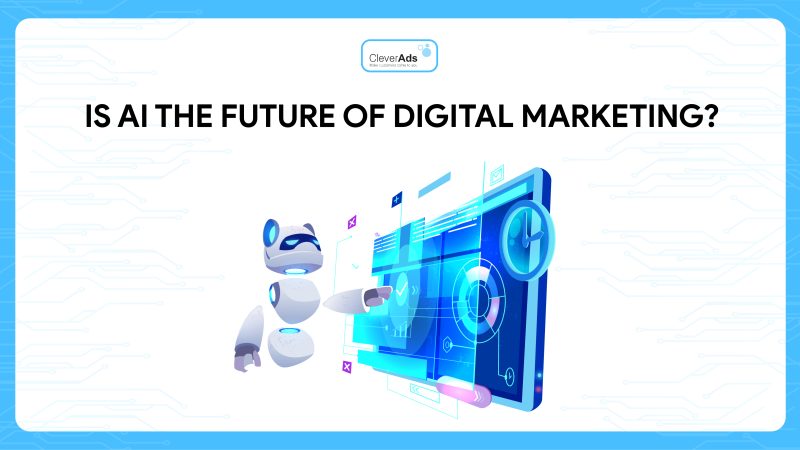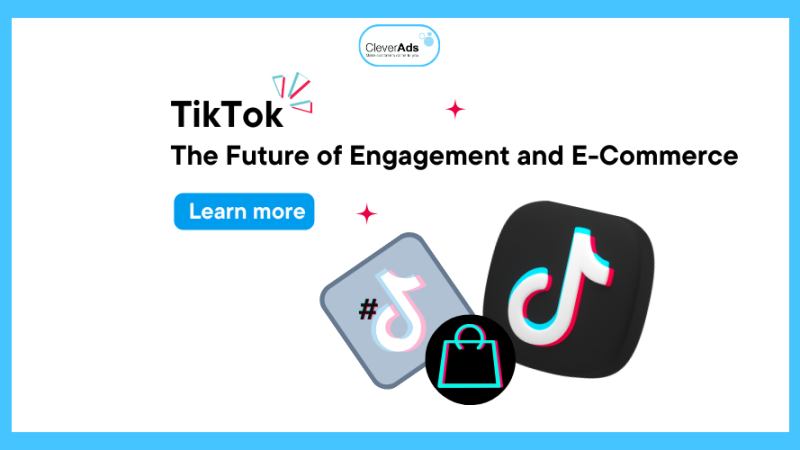Insight – The key factor in building a marketing strategy

Understanding customer insight has become essential to ensure your company is strong in the future. Listening allows you to talk to and understand your customers, thereby creating an ever-improving experience.
Businesses with quality data are more likely to gather actionable customer insights, which can help them develop bottoms in the long run. So, what exactly is insight? Let’s go with CleverAds to find out what customer Insight is and how to determine the “universal winning” Insight for businesses.
1. What is Insight? What is Customer Insight?
‘Insight’ has become a misused word, akin to ‘brand’, ‘strategy‘ and ‘innovation’ have become misused words. So, let’s define the mainstream concept of insight first:
Insights are observations from contextualization about consumer values, behaviors, habits, circumstances, attitudes, markets, or environments that have the potential to change the way an organization acts and achieves success.
Here are examples:
- One would use a chair to be tall enough to paint the top part of the wall.
- When moving the chair, you must move it to the side so that the chair fits the door.
Customer Insight is specific information about consumer opinions and behavior that explains what they do, like or think and the reasons behind it. With this essential knowledge, you can create more effective marketing campaigns, better products and tailored services.
Customer Insight can be generated through data collection, analysis, and value discovery.
For example, beauty brands do market research and find that the trend of dyeing women’s hair in their twenties is declining. It’s something they can work on.

2. Benefits of Insight into marketing activities
There are many advantages to incorporating target customer insights into your marketing strategy. Here are some of the most common benefits of using marketing insights to drive consumer engagement and profits:
2.1. Satisfying customer needs
The main benefit of using insights in marketing is the ability to satisfy the target audience’s desires based on their spending habits and attitudes. Data from past product launches or campaigns can provide these insights based on how often people have purchased, interacted with, or repurchased products or services. With modern surveying techniques made possible with tools such as social networks, companies can directly interact with their consumers and identify the type of content, goods or services they are interested in. they want and do everything in their power to fulfil those needs.
2.2. Increase revenue
When companies can satisfy the wants and needs of their audience, they can significantly increase their chances of earning revenue. Market insights allow marketers to assign insights to specific data, which they then use to model their marketing campaigns for optimal success.
For example, an ice cream shop that finds data supporting that customers are more likely to purchase fruit flavors during the summer can use those insights to develop a strong marketing campaign for their fruity flavors the following summer.
2.3. Anticipating market changes
Another advantage to using market insights is the ability to forecast potential changes in the market or industry. Data analytics is a great way to identify consumer habits, such as spending or engagement with content. Marketers often identify patterns based on external factors such as time of year, climate, economy, or the nature of their market competition. With this data, they can anticipate market changes and minimize their losses.
3. Determine the customer Insight through where?
It’s much easier to find consumer insights now than in the past—no need to go door-to-door to meet people or go through every name.
The tools we use in our daily marketing tasks provide a wealth of data with clues about people’s actions and habits. We also have near-unlimited access to communication channels that give us a glimpse into people’s online lives and offline hopes and dreams. Combined with a deep understanding of human nature, these sources can show us what customers want.
All you have to do to gather customer insight is ask, listen, and observe.
3.1 Market research
We’ve established that market research and customer insights are different but still interrelated. Analyzing research findings can give you valuable information about what your customers have to say, how they feel, and what they want.
Qualitative methods like focus groups and interviews allow you to speak directly to people and understand their behavior and what drives consumer purchasing and selection decisions. While self-reported behavior is not always reliable enough to conclude, combined with observing how people act and interact with products, it can provide insights into clients.
In addition, quantitative methods like surveys and questionnaires give you the tools to validate what you’ve learned on a large scale. As a result, they can give you helpful ideas on implementing these insights into your strategy.
3.2 Social media
Your audience’s favorite social networks are a great place to find customer insights on how they feel about you and your product. You can also find information about what they say about the competition, what they usually want in their work or personal life, and more.
Monitoring of social media platforms can be done through social listening software or simply being present and monitoring the conversation.
Furthermore, online discussions are the cheapest and most accessible way to stay connected with your audience, ask them questions, and find their opinions on pertinent topics.
3.3 Customer feedback
Reviews can provide valuable information about how customers use products and what they like and don’t like about them.

It’s not uncommon for people to include the whole story in a review, including the circumstances surrounding their experience with the brand and the exact actions that led to their positive or negative experiences. Analyzing this data and extracting value from it can provide invaluable first-hand information on how your customers are feeling at different stages of their journey, the problems they face, and the problems they face solutions you can come up with.
4. Insight search technique
4.1 Interviews
Because people rarely realize what they want, if you’re going to find customer insights, you need to have direct interviews with them, most objectively.
Often, the interview is an opportunity to understand how the client thinks and feels about their problems. So the information you get will show where your customers come from and what the product can do for them.
4.2 Observe customers buying your products
Focusing on how customers approach, consider, and decide to buy a product will help you understand their mindset.
Observing customers’ buying and selling processes will help you capture the flow of thoughts and find insights. This method will tell you what matters to them the most.
This is extremely useful for B2B businesses.
You should rent a booth at a sales event organized by a competitor. You will have the most transparent view of customers’ exposure to your competitor’s brand. What are they good and bad at and lacking, and can I do better?
In addition, this method also helps you understand how customers choose products when standing in the middle of competitors that offer a similar outcome.
5. Common “misunderstandings” about Insight
5.1 If you want to determine customer insight, you cannot rely on only one data source
The assessment of customer insight cannot be based solely on one source or metric, which is highly subjective. And it can significantly affect campaign results and business results.
- For example:
If you see a high bounce rate from your website, you will think that the content of the web is the problem.
But if you combine bounce rate and page view time, the results may be different:
- If both rates are high, your content is complete. Customers do not need to see information on another page.
- If the bounce rate is high and the watch time on the page is low, then there is a problem with the content of your page.
5.2. Must convince to change customer behavior if following customer insight
For example, customers need to check the laptop battery’s capacity to see if it is exhausted or not to replace another battery. Creating a product that matches the battery’s capacity will help customers save on battery costs. Avoid wasting the battery when it can be used again.
Typically, the customer buying batteries for your device purchases the battery pack. But if you follow the right insight, you need to convince them to change their buying behavior (buy 2 items instead of 1).
However, convincing customers to change their buying behavior is only possible if you show them the benefits of buying combos instead of individual products.
5.3. Based on that insight, real action can be taken
Customers love to refer the service to their friends and get a commission. From there, you set up a customer referral system to help increase the number of customers. However, this system needs more human resources, costs, and time.
Note that an action that is not taken is not called insight but is ultimately just judgment and thinking.
6. Conclusion
A “successful” business captures customer insights from various sources and can apply them to the mutual benefit of both sellers and buyers.
This article lets you identify customer insights that align with your business’s development goals to improve further and meet customer needs.


